If you’re a cat owner, you probably know how finicky feline eaters can be. It is very important to know how to get cat to eat wet food. While some cats will devour anything in their path, others may turn up their noses at perfectly good dry or wet cat food. You’re in the right place if you’ve been struggling to get your cat to eat wet food or are looking to transition them to a healthier diet.
In this guide, we’ll explore effective strategies and tips on enticing your cat to enjoy wet food, ensuring they receive the nutrition they need for a long and healthy life.
Whether you’re dealing with a picky eater or simply want to make a positive dietary change for your furry friend, we’ve got you covered. So, let’s dive into feline nutrition and discover how to win over your cat’s taste buds with wet food.
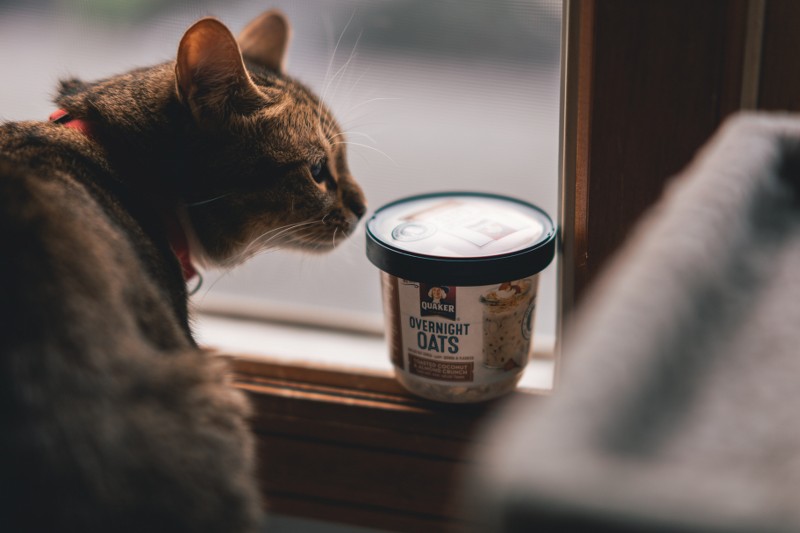
Why My Cat Won’t Eat Wet Food?
Before knowing how to get cat to eat wet food, it’s important to know why cat won’t eat wet food. Cats are known for their finicky eating habits, and one common issue many cat owners face is cat wont eat wet food. This can be concerning, as veterinarians often recommend wet food for its numerous health benefits. There are several reasons why your cat not eating wet food, and understanding these factors can help you address the issue and ensure your cat is getting the nutrition they need.
Preference for Texture and Taste
Cats are known to be creatures of habit, and they can develop strong preferences for specific textures and flavors. If your cat has primarily been fed dry kibble throughout their life, they may prefer the crunch and taste of kibble over the wet food’s texture and flavor. This can happen when the cat not eating food but eats treats. It’s essential to introduce wet food gradually, mixing it with dry kibble initially and slowly increasing the wet food portion to help your cat adjust.
Temperature Sensitivity
Cats are highly sensitive to the temperature of their food. Some cat doesnt like wet food straight from the refrigerator if it’s too cold. Try warming the wet food to around room temperature by placing it in a microwave for a few seconds or mixing it with warm water. This can enhance the aroma and make it more appealing to your cat.
Odor Sensitivity
Cats have a strong sense of smell, and the aroma of their food plays a crucial role in their willingness to eat. Wet food tends to have a more potent odor than dry kibble, which can be off-putting for some cats. Ensure you’re serving the food in a clean bowl and avoid using plastic bowls, as they retain odors.
Health Issues
A cat’s reluctance to eat wet food can sometimes indicate an underlying health problem. Dental issues, oral pain, gastrointestinal problems, or a decreased sense of taste due to aging can all impact a cat’s food preferences. If you suspect health issues are causing the problem, consult your veterinarian for a thorough examination.
Quality of Wet Food
Not all wet cat foods are created equal. Cats can be discerning when it comes to the quality of their food. Some may refuse certain brands or flavors of wet food. Experiment with different brands, protein sources, and textures to find a wet food that your cat enjoys. Opt for high-quality, grain-free options whenever possible.
Stress or Anxiety
Cats are sensitive animals, and stress or anxiety can affect their appetite. Changes in the household, a new environment, or unfamiliar people or animals can lead to a loss of appetite. Ensure your cat has a quiet, safe space to eat, free from disturbances.
Overfeeding Dry Food
Cats accustomed to a diet primarily consisting of dry food may become full quickly due to its high carbohydrate content. They may not be hungry enough to try wet food if they fill up on dry kibble. Gradually reducing the amount of dry food and increasing the wet food portion can help with the transition.
How to get cat to eat wet food? The process can be difficult when a cat refuses to eat wet food. This can stem from various factors, including their preferences, health issues, food quality, and environmental factors. Patience and persistence are essential when transitioning your cat to wet food. Consulting your veterinarian for guidance and ruling out any underlying health issues is crucial to meet your cat’s well-being and nutritional needs.
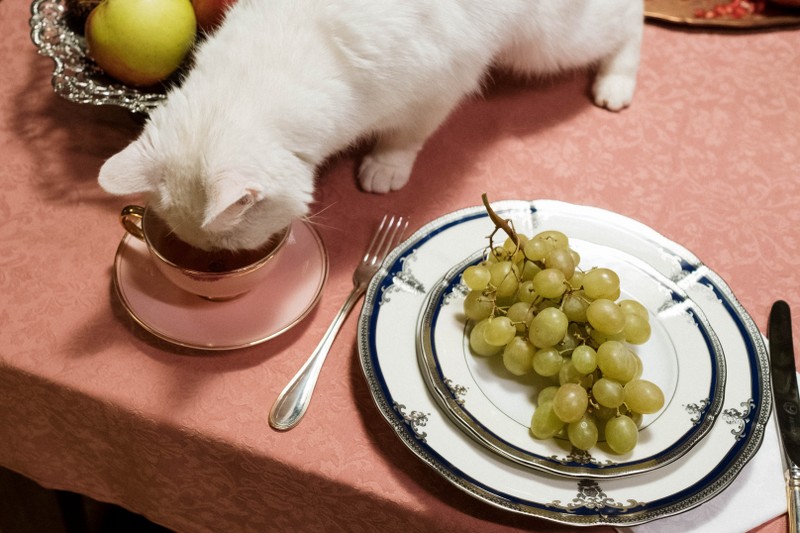
How to Get Cat to Eat Wet Food?
How to get your cat to eat wet food can be a challenge, especially if they’re accustomed to dry kibble. However, wet food offers several benefits, including increased hydration and better nutrition. Here are some tips to help on how to get cat to eat wet food:
Gradual Transition
Sudden dietary changes can upset your cat’s stomach. Start by mixing a small amount of wet food into their dry kibble, gradually increasing the proportion of wet food over several days or even weeks. This will allow your cat to adjust to the new texture and flavor
Select the Right Food
Choose high-quality wet cat food that suits your cat’s age, size, and any specific dietary needs they may have. Some cats prefer pate-style food, while others like chunks in gravy or sauce. Experiment with different textures to see what your cat prefers.Warm the Food: Cats are likelier to eat wet, slightly warmed food. Microwave the food briefly to enhance the aroma and make it more appealing. Ensure it’s not too hot, as cats are sensitive to temperature
Scheduled Feeding Times
Establish a regular feeding schedule. Cats are creatures of habit and feel more comfortable knowing when to expect their meals. Stick to the schedule to encourage them to eat wet food during designated times.
Limit Snacking
Avoid free-feeding dry kibble throughout the day. This will make your cat hungrier and more inclined to try wet food during mealtimes.
Add Toppers
Sprinkle something tasty on top of the wet food, like shredded chicken or a commercial cat treat. This can entice your cat to investigate and start eating the wet food.
Use Their Senses
Cats rely heavily on their senses. Try placing the wet food near your cat’s favorite spot or rubbing a bit of the food on their paw so they can taste it while grooming.
Patience and Persistence
Transitioning to wet food can take time, and some cats are more resistant than others. Be patient and persistent. Don’t give up too soon; it may take several attempts before your cat fully embraces wet food.
Consult Your Vet
If your cat refuses wet food for an extended period, consult your veterinarian. There could be underlying health issues or preferences that your vet can address.
Hopefully, you understand how to get cat to eat wet food. Remember, every cat is unique, and what works for one may not work for another. The key is to be patient, adaptable, and attentive to your cat’s preferences. It needs to work to incorporate wet food into their diet for a healthier and happier feline companion. Do you know What Is Chicken Meal In Cat Food? Find out!
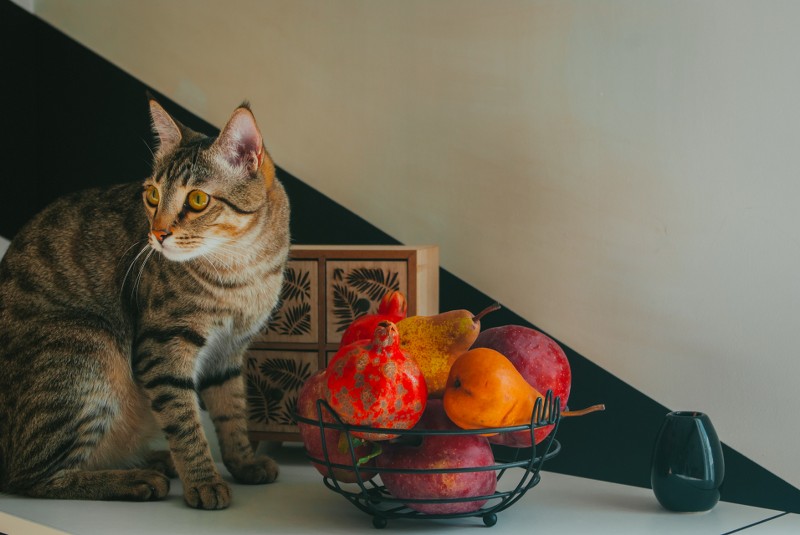
The Benefits of Feeding Your Cat Wet Food
After knowing how to get cat to eat wet food, it’s important to know the benefits. Feeding your cat wet food benefits their overall health and well-being. While dry kibble has its place, incorporating wet food into your feline friend’s diet can make a significant difference. Here are some key advantages of including wet food in your cat’s meal plan:
- Hydration: Cats are notorious for being finicky drinkers. Wet food has a high moisture content, typically around 70-80%, which can help keep your cat well-hydrated. This is particularly important for preventing urinary tract and kidney problems, which are common in cats.
- Weight Management: Wet food is generally lower in carbohydrates and higher in protein than dry kibble. This can aid in weight management by promoting a leaner body composition and helping to control your cat’s appetite. It can be an essential component of a weight loss program for overweight cats.
- Digestive Health: The moisture content in wet food can also assist in preventing constipation and promoting healthy digestion. Cats that struggle with hairballs may find relief with wet food, as the additional moisture can help move hair through the digestive tract more easily.
- Dental Health: Contrary to popular belief, dry kibble is not a silver bullet for dental health. Wet food, on the other hand, can help maintain oral hygiene by reducing the buildup of plaque and tartar. Special dental formulations of wet cat food are available for cats with specific dental concerns.
- Palatability: Due to its aroma and texture, most cats find wet food more palatable and appealing. This can be especially helpful for picky eaters, older cats with a diminished sense of smell, or cats recovering from illnesses that have decreased their appetite.
- Allergen Management: Cats can develop food allergies or sensitivities to certain ingredients. Wet food often contains a simpler ingredient list, making identifying and eliminating potential allergens from your cat’s diet easier.
- Variety and Enrichment: Offering wet food alongside dry kibble provides variety in your cat’s diet, preventing them from becoming bored with their meals. This variety can stimulate their senses and provide mental enrichment.
- Medication Administration: If your cat requires medication, hiding pills or liquid medication in a small amount of wet food can be an effective way to ensure they take their prescribed treatments.
- Senior Cat Support: As cats age, they may have difficulty chewing dry kibble or suffer from dental issues. Wet food is easier to consume and digest, making it an excellent choice for senior cats.
- Higher Nutrient Absorption: Wet food can be easier for cats to digest and absorb nutrients, ensuring they get the most out of their meals.
It’s important to note that while wet food has numerous advantages, it should be part of a balanced diet. Consult with your veterinarian to determine the best feeding plan for your cat, considering their age, activity level, and any specific health concerns like how to get cat to eat wet food. Sometimes, a combination of wet and dry food may be the optimal choice to meet your cat’s nutritional needs. Incorporating wet food into your cat’s diet can improve their health, happiness, and longevity.
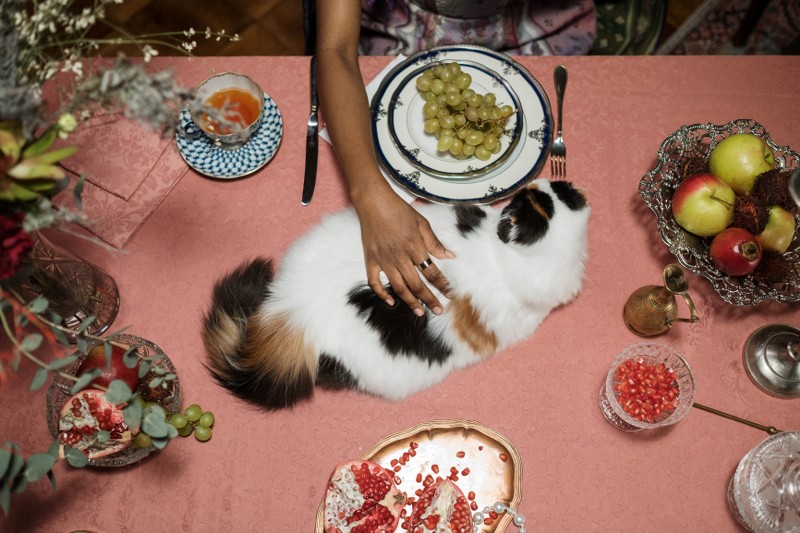
When Should a Cat Eat Wet Food?
Knowing when and how to get cat to eat wet food is essential. Switching your cat to eating wet food can be a good choice for their health and well-being, but the timing can vary depending on various factors, including their age, current diet, and specific health needs. Here are some general guidelines to consider:
- Kittens: If you have a kitten, starting them on wet food from an early age is generally recommended, ideally around 4-6 weeks old. Kittens have small teeth and may struggle with dry kibble, so wet food is easier to chew and digest. It also helps with hydration. But Can Kittens Eat Adult Cat Food?
- Adult Cats: For adult cats, the decision to switch to wet food depends on their current diet and health. Cats can be fed a balanced diet of dry kibble, wet food, or both. Some cats do well on dry food, while others benefit from a diet primarily of wet food.
- Health Considerations: If your cat has certain health issues, such as urinary tract problems, obesity, or dental issues, a wet food diet may be more appropriate. Consult your veterinarian for guidance on the best diet for your cat’s health needs.
- Gradual Transition: If you switch your cat from dry to wet food, or vice versa, it’s essential to do so gradually. Abrupt dietary changes can upset a cat’s digestive system. Start by mixing a small amount of the new food with their current food and gradually increase the ratio of the new food over a week or two until they are fully transitioned.
- Hydration: Wet food contains more moisture than dry kibble, which can help your cat’s overall hydration. Wet food may be a good choice if you’re concerned about your cat’s water intake.
- Dental Health: Some people worry that wet food may not be as effective at promoting dental health as dry kibble. To address this, you can provide dental treats or toys to help clean your cat’s teeth. Regular dental check-ups are also important.
- Budget and Convenience: Consider your budget and lifestyle when deciding on your cat’s diet. Wet food can be more expensive than dry food and has a shorter shelf life once opened. However, many cat owners find that the health benefits outweigh the cost.
It’s recommended that you know how to get cat to eat wet food and be careful about the timing. Always consult your veterinarian before significantly changing your cat’s diet. They can provide personalized recommendations based on your cat’s age, health, and dietary needs. Additionally, choose high-quality cat food, whether wet or dry, to ensure your cat gets the nutrients for a balanced diet.
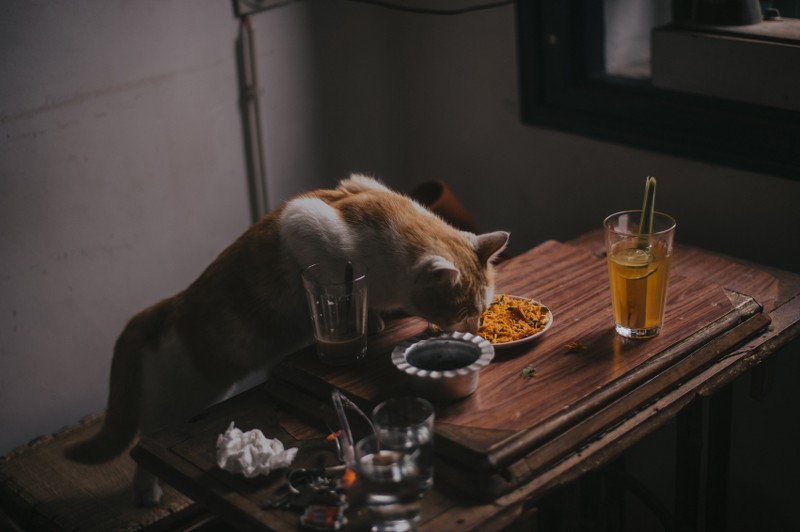
How Much Wet Food to Feed a Cat Every Day?
Feeding your cat the right amount of wet food daily is crucial for their health and well-being. The quantity of wet food a cat needs depends on several factors, including age, weight, activity level, and the specific brand of food you’re using. According to The Spruce Pets, A cat weighing five pounds and having a lean body type requires approximately 170 calories per day, while a ten-pound cat with a lean physique needs around 280 calories daily. On average, most adult cats require about 4-5 ounces (115-140 grams) of wet food per day, divided into two or three meals.
Kittens and more active cats may need more, while overweight or less active cats may require less. Following the feeding guidelines provided on the food packaging is essential as a starting point. However, these guidelines are not one-size-fits-all, so it’s important to monitor your cat’s weight and adjust the portions accordingly. A veterinarian can offer personalized recommendations based on your cat’s individual needs.
Remember to factor in any treats or additional food your cat might receive throughout the day, and always provide fresh water. Avoid overfeeding, as obesity can lead to various health issues. Regularly consulting with a vet and monitoring your cat’s body condition will help ensure they receive the appropriate amount of wet food to maintain a healthy and happy life.
FAQ
How to get my cat to eat wet food?
Encouraging your cat to savor wet food involves a gradual shift. Start by blending a modest portion of wet food into their regular dry kibble, progressively increasing the wet food ratio. Present the wet food at room temperature, intensifying its enticing aroma. Experiment with diverse flavors and brands to discover your feline’s taste preference. Avoid pressuring your cat into the transition, allowing them to adapt naturally.
Is it bad if my cat won’t eat wet food?
It’s not necessarily bad if your cat won’t eat wet food, as some cats prefer dry food. However, it’s important to ensure they’re getting a balanced diet. Consult your vet for guidance, and consider offering a variety of high-quality cat foods to meet their nutritional needs and preferences.
Can you force-feed a cat wet food?
No, you should never force-feed a cat’s wet food or any food. Forcing a cat to eat can be harmful and distressing for them. If your cat is not eating, consult a veterinarian to identify and address the underlying health issue causing the loss of appetite.
Conclusion
How to get cat to eat wet food needs an end here. Coaxing a cat to eat wet food requires patience, persistence, and a tailored approach. Start by selecting high-quality, appealing wet food options that align with your cat’s preferences and dietary needs. Gradually transition from dry to wet food, mixing the two to ease the transition.
Serve the food at room temperature and consider warming it slightly to enhance aroma. Establish a consistent feeding schedule and minimize stress during meal times. Experiment with different textures and flavors to find what your cat enjoys most. Remember, every cat is unique, so be flexible and consult with a veterinarian if your cat continues to resist wet food. Ultimately, a little persistence can go a long way in ensuring your feline friend enjoys the benefits of a balanced diet. Check out our blog!

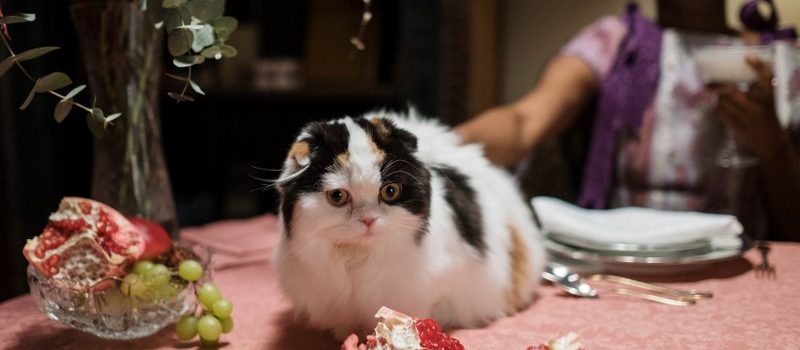


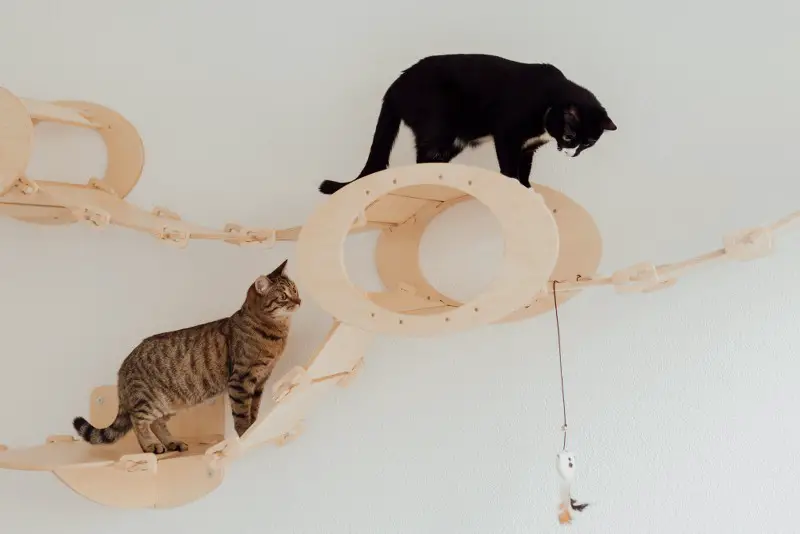
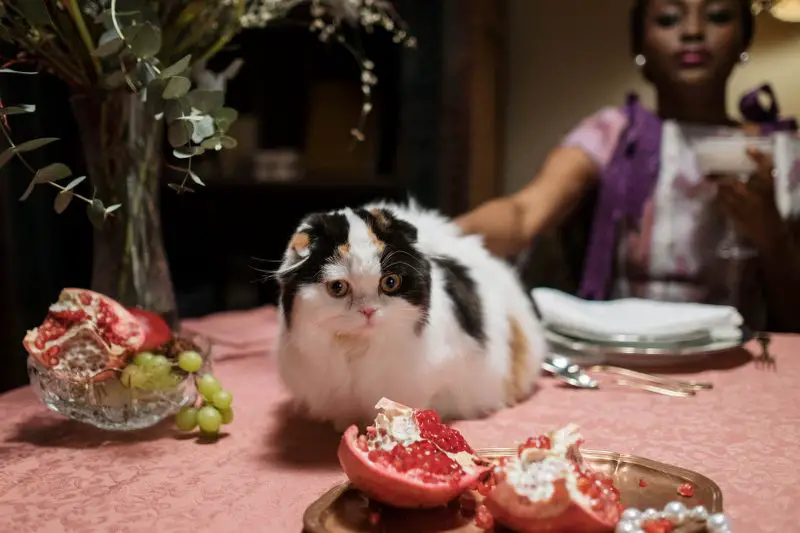
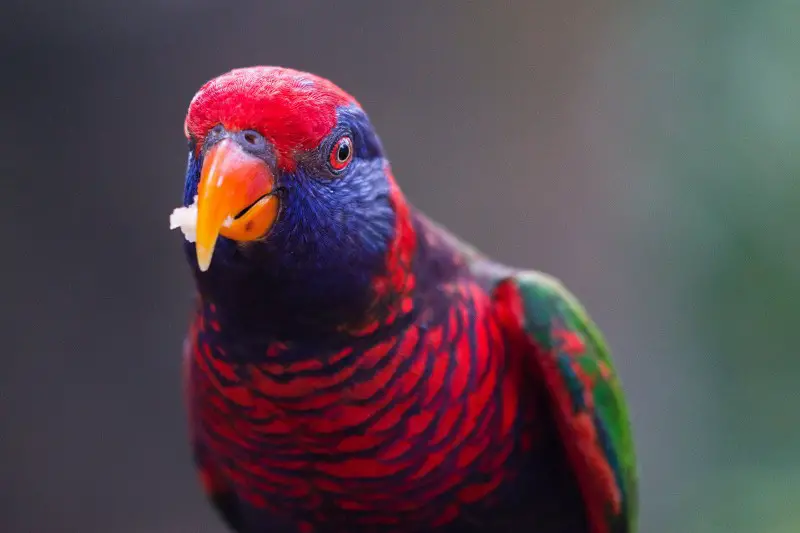

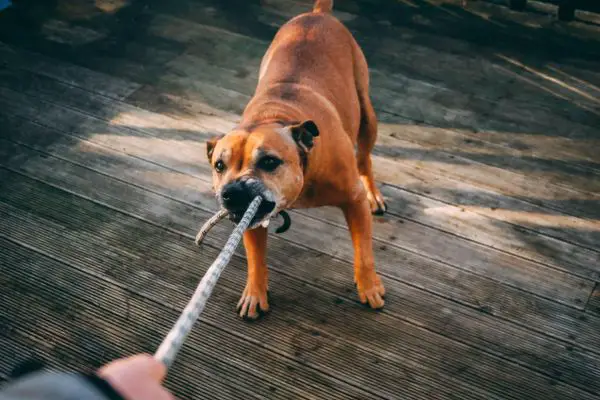


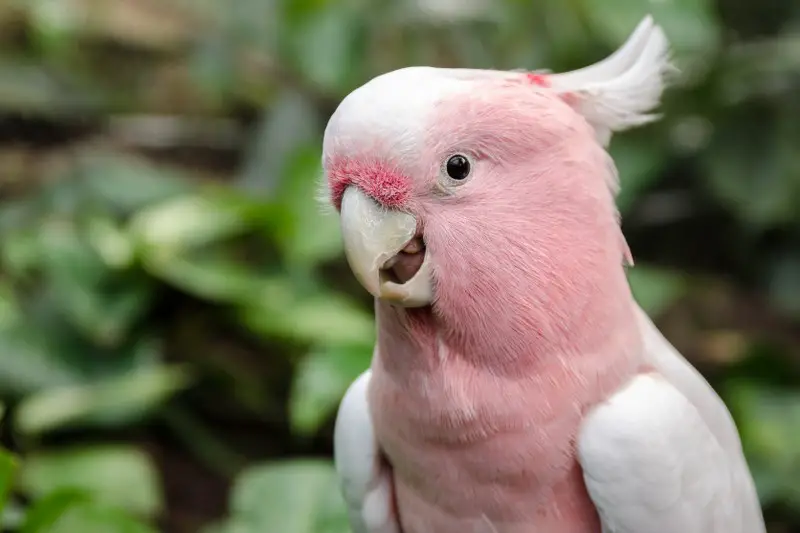
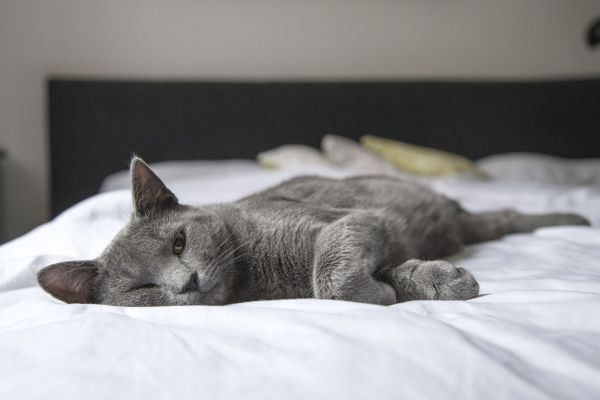
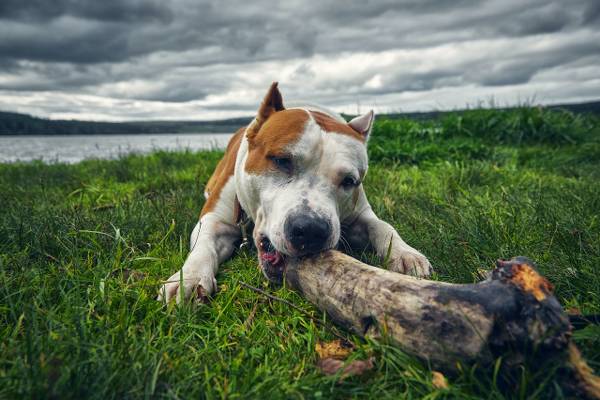

One Response